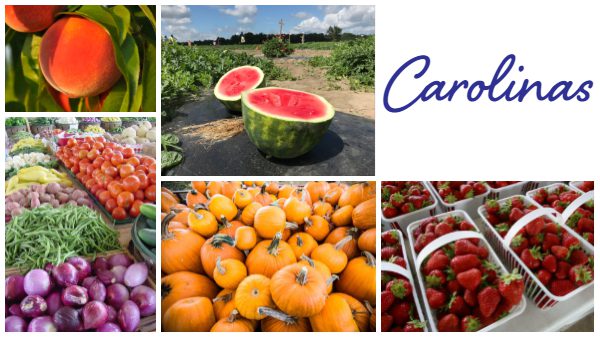For the past three years and beyond, Mother Nature has meted out incessant punishment to the Carolinas, and it didn’t take it easy on the area this summer.
In 2016 five tropical cyclones and Hurricane Matthew battered the terrain; Matthew also contributed to the second wettest year on record in Florence, SC.
North Carolina suffered extensive rain and mudslides in 2017, while South Carolina was chilled by a historic freeze. In October 2018, Hurricane Florence raged through the Carolinas dumping more than 30 inches of rain in some areas and causing $1.1 billion in agricultural damage to North Carolina alone. Row crops accounted for most of these losses.
Also, in October of last year, Tropical Storm Michael crashed through the Carolinas, bringing with it flash floods and gale-force winds, then spring freezes, storms, and tornadoes had many growers holding their breath in the first half of 2019. All of these weather episodes took their toll on the states’ growers and agricultural supply chains.
Chris Rawl, president of Clayton Rawl Farms, Inc. in Lexington, SC, BB #:167998 said in late July that this season started faster than expected with an unseasonable hot May, but then weather and markets got back to normal after Independence Day.
As for last year’s storms and their consequences, he remembers it well.
“We got some of both Florence and Michael,” he said. “Although the winds and rainfall had diminished by the time they got to us, our cold crops still felt it the worst. We were put out of the squash and vine crop business. Crops can’t stand that driving rain.”
The force of the wind and rain also hindered some of Rawl’s plantings, with some washed out and others simply blown away. Florence and Michael reduced his kale and cauliflower yields, too. Rawl didn’t explore asking for federal aid because he wasn’t sure he qualified. Others did.
Farmers who suffered losses from Hurricane Florence or Tropical Storm Michael could apply for a portion of the available $240 million in government aid. The North Carolina Department of Agriculture & Consumer Services administered the program and mailed out checks in January. Though the funds couldn’t cover the full cost of the devastation, it was welcome help to some suppliers.
Of course, growers and farmers are accustomed to dealing with Mother Nature’s fury, but many consider the last few years above and beyond. Some left the business altogether, but others continue to solider on against the radical weather phenomena—and are hopeful this year will be an outstanding one for all the produce they grow.
This is an excerpt from the most recent Produce Blueprints quarterly journal. Click here to read the full version.



